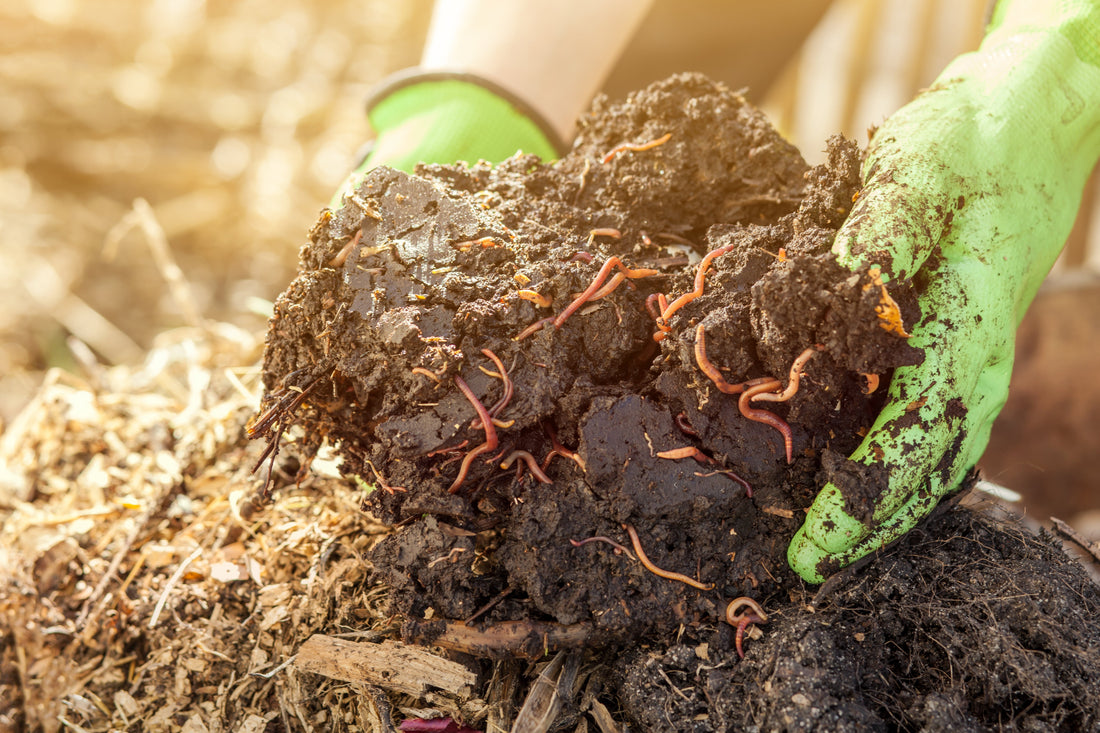Making compost – How to do it right
Making compost isn't difficult at all: With the right mix of organic kitchen and garden waste, it's easy to make your own compost. Simply produce the treatment for your garden yourself...

Find the right place for your composter
Look for a sheltered location, as wind can reduce the temperature of the compost and thus slow the composting process. Ideally, a spot against a wall or fence would be ideal, and if possible, between two objects (for example, stacked wooden stakes work very well). This would provide excellent insulation!
The compost can get a bit musty from time to time, so it's best to place it far enough away from your doors and windows.
Find the right mix
When composting for home use, it's essential to find the right mix of green matter (which adds nitrogen and helps generate heat) and brown matter (for fiber, carbon, and air pockets). Add these in thin, alternating layers and chop up waste for easier composting. Smaller pieces = faster process.
Green things are allowed:– Tea bags / coffee grounds
– Grass clippings
– Organic kitchen waste (e.g. vegetable peelings)
– Old Flowers
– Seasonal weeds
Brown things are allowed:– Branches and shrub cuttings
– Small strips of cardboard
– Crumpled paper
– Eggshells
– Straw and hay
– Dry leaves
– sawdust
It is not allowed in:- Meat
- Fat
– Cooked food
– Dairy products
– Animal feces
– Sick plants
– Perennial weeds (especially roots and seeds)
For collecting kitchen waste indoors, we recommend using tightly sealed compost bins to prevent unpleasant odors from escaping. We work with models from Garden Trading, which also feature a removable, easy-to-clean plastic bin. This allows you to neatly store your organic efforts in the kitchen:
Activate the composting process
Once you've achieved a balanced 50/50 mix, add a handful of compost accelerator and purchase ready-made compost or fertilizer to encourage bacteria and decomposition. It's important to keep the mix moist, so add water occasionally.
Tip: If the compost smells and attracts too many flies, add more soil.
Reshuffle
Turn your compost regularly, ensuring that the entire contents are turned over so that sufficient oxygen can feed the bacteria that will compost your organic waste.
The frequency of turning can vary between daily (for dense nitrogen-rich mixtures) and every two weeks (if there are many branches, straw and large pieces in it).
Results
Your compost can be ready in under six weeks, but will become finer and more manageable the longer you let it sit. The resulting compost can be used as soil enrichment, mulch for borders (replenishes nutrients and suppresses weeds), and even as potting compost if you sieve it first.
TEXT: Juliane Michel












